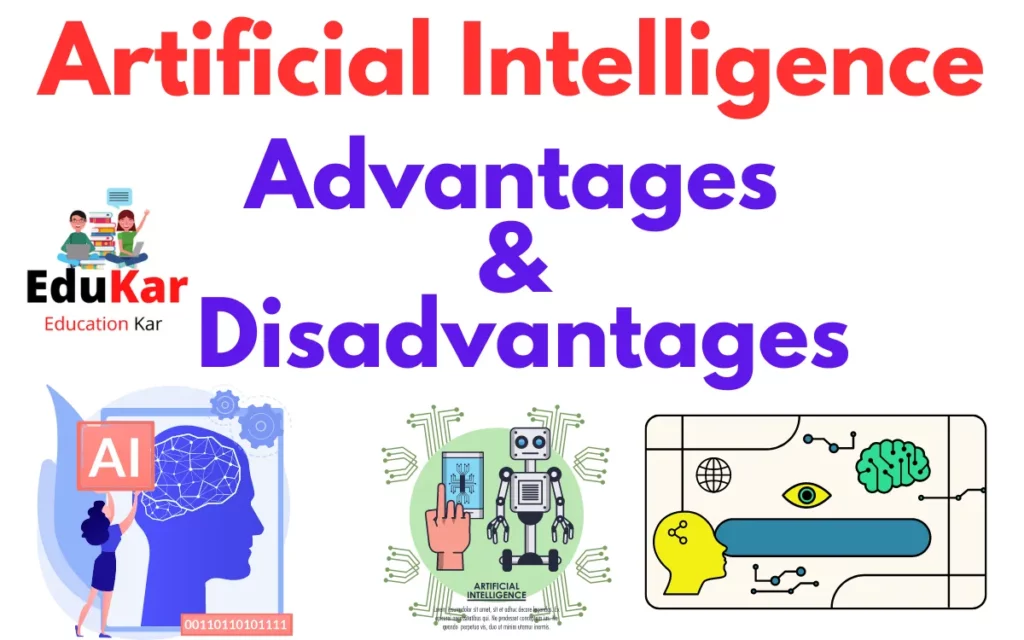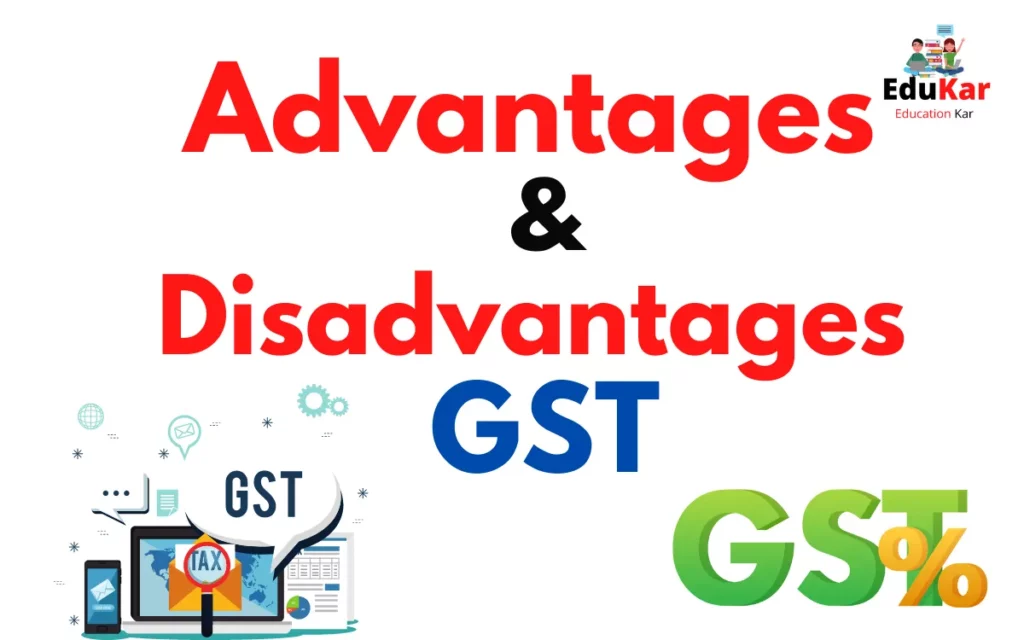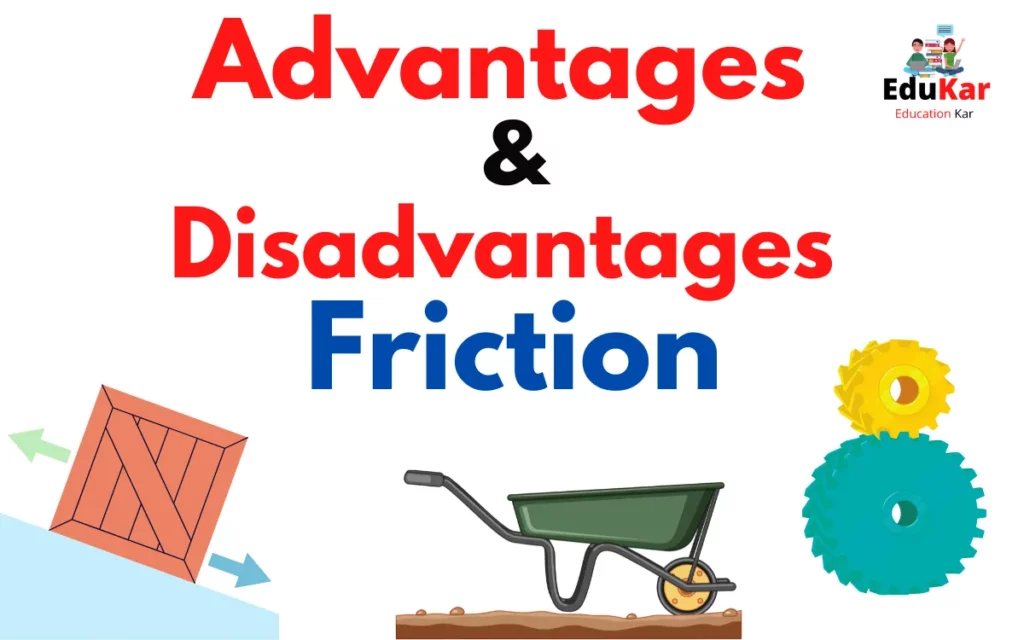Contents
- 1 What is Wind Energy?
- 2 Advantages of Wind Energy:
- 3 Disadvantages of wind energy:
- 4 FAQs:
- 4.1 What are the primary advantages of wind energy?
- 4.2 What are the main disadvantages of wind energy?
- 4.3 How does wind energy compare to traditional fossil fuel sources in terms of cost?
- 4.4 How does wind energy impact the environment?
- 4.5 How much energy can be generated from wind power?
- 4.6 What is the future of wind energy?
Looking to learn more about wind energy? Read on to discover the advantages and disadvantages of using wind power as a renewable energy source. From reducing greenhouse gas emissions to potential impacts on wildlife, this comprehensive guide covers everything you need to know about the pros and cons of wind energy.

As the world continues to grapple with the impact of climate change, renewable energy sources like wind power have become an increasingly popular option for meeting our energy needs while reducing greenhouse gas emissions. However, like any technology, wind energy comes with both advantages and disadvantages. In this blog post, we’ll explore the pros and cons of wind energy in depth, looking at everything from the potential for cost savings and reduced reliance on fossil fuels, to the challenges of intermittent power generation and potential impacts on wildlife. By the end of this post, you’ll have a comprehensive understanding of wind energy, its benefits and drawbacks, and the important role it can play in our transition to a more sustainable future.
What is Wind Energy?
Wind energy is a form of renewable energy that is generated by harnessing the power of wind. Wind turbines, which are typically large structures with rotating blades, capture the kinetic energy of the wind and convert it into electricity that can be used to power homes, businesses, and other types of infrastructure.
Wind energy is considered to be a clean, sustainable form of energy because it does not emit greenhouse gases or other harmful pollutants. Instead, it relies on a natural, abundant resource (wind) to generate power. In recent years, wind energy has become increasingly popular as a way to reduce our reliance on fossil fuels and combat climate change. It is now used in countries all around the world, from small-scale wind farms to massive offshore installations.
| Advantages: | Disadvantages: |
|---|---|
| 1. Renewable source of energy | 1. High upfront costs of installation |
| 2. Clean and emits no greenhouse gases | 2. Wind energy is intermittent and variable |
| 3. Land-based wind farms can also support farming or grazing | 3. Wind turbines can be noisy and cause visual pollution |
| 4. Lower operational costs than fossil fuel-based power plants | 4. Wind turbines can pose a danger to wildlife |
| 5. Minimal water usage compared to other types of power generation | 5. Wind farms may require transmission lines to be built to connect to the grid |
| 6. Creates jobs in the wind energy industry | 6. Wind turbines may not be suitable for all geographic locations |
| 7. Can be used in both large-scale and small-scale applications | 7. The construction of wind turbines can have an environmental impact |
| 8. Reduces dependence on foreign oil | 8. Turbines have a limited lifespan and require maintenance |
| 9. Can help to stabilize the grid through distributed generation | 9. Wind energy may not be as reliable as traditional forms of energy |
| 10. Improves energy security by diversifying the energy mix | 10. Wind turbines may have a negative impact on nearby property values |
Advantages of Wind Energy:
Wind energy offers a range of advantages over traditional energy sources, which have helped make it an increasingly popular choice for electricity generation. Here are some of the key advantages of wind energy:
1. Renewable and sustainable:
Wind is a renewable and sustainable energy source that will never run out, unlike fossil fuels, which are finite and have a negative impact on the environment.
2. Clean and eco-friendly:
Wind energy produces no greenhouse gas emissions, air pollutants, or waste products, making it a clean and eco-friendly option for generating electricity.
3. Low operating costs:
Once installed, wind turbines have low operating costs, which can result in significant cost savings over time compared to traditional fossil fuel sources.
4. Energy security:
Wind energy is a domestic source of energy, reducing our reliance on foreign oil and improving our energy security.
5. Job creation:
The wind energy industry creates jobs in manufacturing, installation, maintenance, and other sectors, supporting local economies and providing employment opportunities.
6. Land use:
Wind turbines can be installed on a range of different types of land, including agricultural and rural areas, without interfering with other land uses.
Overall, wind energy offers a range of benefits that make it an attractive option for meeting our energy needs sustainably and efficiently.
Disadvantages of wind energy:
While wind energy offers a number of advantages, there are also some potential disadvantages to consider. Here are some of the key challenges associated with wind energy:
1. Intermittency:
Wind energy is an intermittent energy source, meaning that the amount of electricity generated can vary depending on the wind speed and direction. This can make it more difficult to rely on wind energy for consistent power supply.
2. Land use and visual impact:
Wind turbines require significant amounts of land and can have a visual impact on the surrounding landscape, which can be a concern for some communities.
3. Noise pollution:
Wind turbines can produce noise pollution, which can be disruptive to nearby residents.
4. Bird and bat mortality:
Wind turbines can pose a risk to birds and bats, which can collide with the blades or be displaced from their habitats by the presence of the turbines.
5. Initial costs:
While wind energy has low operating costs, the initial installation and setup costs can be relatively high compared to traditional fossil fuel sources.
6. Transmission and grid infrastructure:
Wind turbines are often located in remote areas, which can require significant investment in transmission and grid infrastructure to transport the electricity to where it is needed.
Overall, while wind energy is a clean and sustainable form of energy, it does come with some potential disadvantages that need to be carefully considered and addressed to ensure that wind energy can be effectively integrated into our energy mix.
FAQs:
What are the primary advantages of wind energy?
Wind energy is a renewable and sustainable source of energy that produces no greenhouse gas emissions, has low operating costs, and can create jobs and improve energy security.
What are the main disadvantages of wind energy?
Wind energy can be intermittent, require significant land use and transmission infrastructure, produce noise pollution, and pose a risk to birds and bats.
How does wind energy compare to traditional fossil fuel sources in terms of cost?
While wind energy has higher upfront costs, it has lower operating costs over time, making it a more cost-effective option compared to traditional fossil fuel sources.
How does wind energy impact the environment?
Wind energy produces no greenhouse gas emissions, air pollutants, or waste products, making it a clean and eco-friendly option for generating electricity. However, it can have a visual impact on the surrounding landscape and pose a risk to birds and bats.
How much energy can be generated from wind power?
The amount of energy that can be generated from wind power depends on a range of factors, including wind speed and direction, the size and number of turbines, and the location of the wind farm.
What is the future of wind energy?
Wind energy is expected to continue to grow in popularity as countries around the world seek to reduce their reliance on fossil fuels and combat climate change. Advances in technology are also helping to improve the efficiency and cost-effectiveness of wind energy, making it an increasingly competitive option for electricity generation.
















